AO Edited
Tomb of Balban
An unassuming tomb houses an important milestone in Indian architectural history.
Wander around Mehrauli Archaeological Park and you’d probably never stumble across the tomb of Ghiyas ud din Balban, the ninth ruler of the Delhi Sultante. It is hidden away on the side of the park, with an overgrown path and dozens of decaying buildings around it. You wouldn’t miss much—the tomb itself is crumbling with the ceiling completely gone. All that’s left are a few walls and a red sandstone grave of the sultan himself.
What makes this otherwise forgettable building notable is its contribution to Indian architecture. The entrances to the tomb are all built with the earliest use of a “true” arch on the Indian subcontinent.
Before the arrival of Islam in India, arches were relatively uncommon in local architecture. The few cases that do exist were “fake” arches—cut out of solid rock to give an arch-like shape, not constructed using separate pieces. A true arch consists of multiple stones arranged in a curve, with a central keystone that holds all the pieces into place.
The original true arches were developed in ancient Rome and eventually became prominent in the Arab world. Once Islamic kingdoms established themselves in the Indian subcontinent, they brought this design over as well. However, it took decades of trial and error from local Indian craftsmen to master this concept; they continued to implement fake arches when asked to build arched structures from their new overlords. You can see such examples in the main mosque of the Qutub Minar complex, where stones are laid horizontally and gradually approach each other to form the shape of an arch.
The culmination of these many years of experimentation can be witnessed at Balban’s tomb. After India’s first “true” arch was built here, the structure became widespread across the subcontinent. Indian landmarks from the Taj Mahal to the Red Fort incorporate arches heavily into their designs.
Know Before You Go
The conventional entrance to the tomb off the main road is almost always closed. To access the tomb, go by the Jamali Kamali tombs and on the opposite side, you will see an overgrown path that will take you to Balban's tomb.



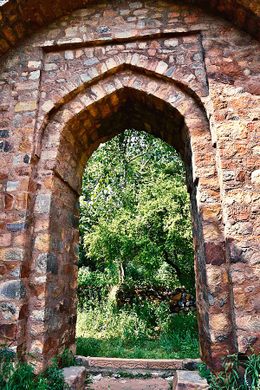

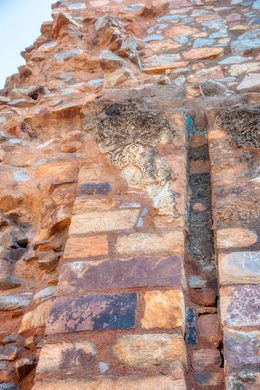
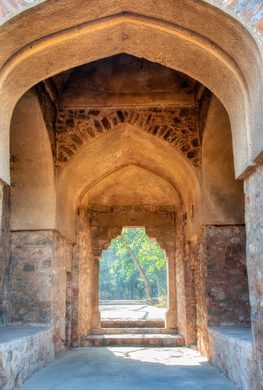




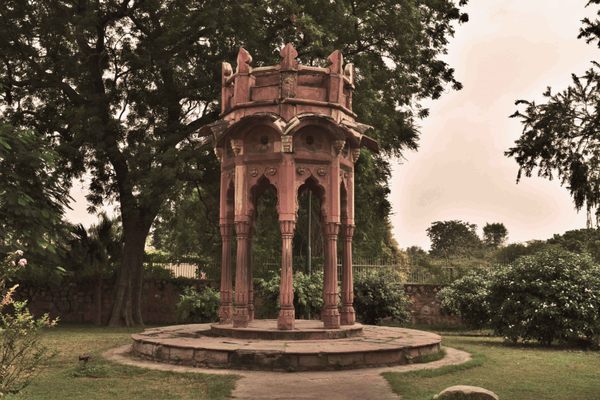

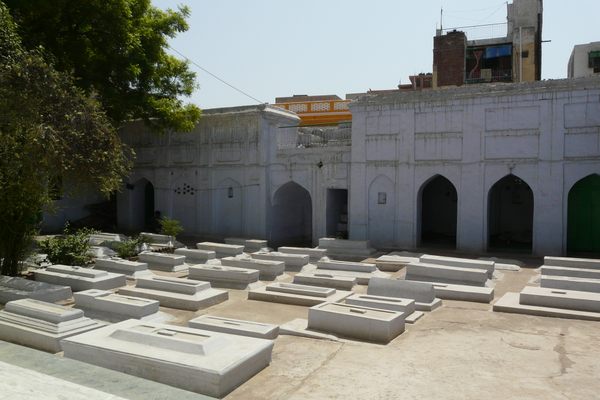

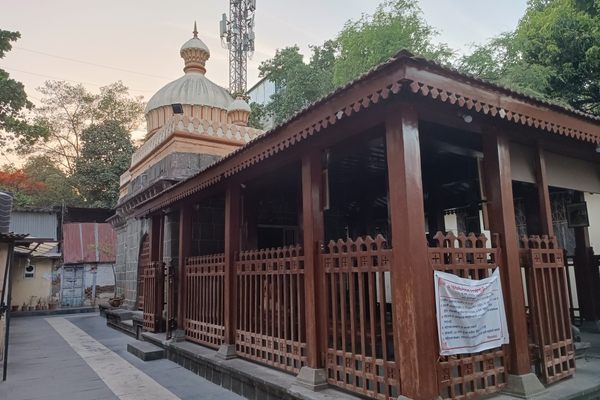
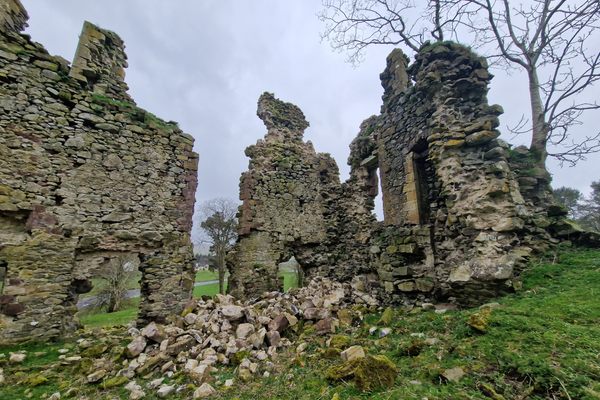


Follow us on Twitter to get the latest on the world's hidden wonders.
Like us on Facebook to get the latest on the world's hidden wonders.
Follow us on Twitter Like us on Facebook